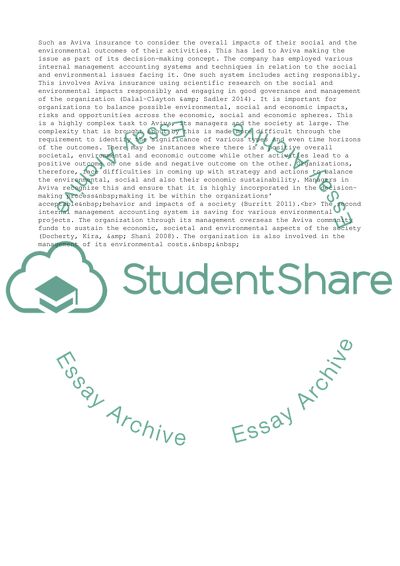Cite this document
(Social Environmental Accounting Case Study Example | Topics and Well Written Essays - 2000 words, n.d.)
Social Environmental Accounting Case Study Example | Topics and Well Written Essays - 2000 words. Retrieved from https://studentshare.org/management/1687667-social-environmental-accounting
Social Environmental Accounting Case Study Example | Topics and Well Written Essays - 2000 words. Retrieved from https://studentshare.org/management/1687667-social-environmental-accounting
(Social Environmental Accounting Case Study Example | Topics and Well Written Essays - 2000 Words)
Social Environmental Accounting Case Study Example | Topics and Well Written Essays - 2000 Words. https://studentshare.org/management/1687667-social-environmental-accounting.
Social Environmental Accounting Case Study Example | Topics and Well Written Essays - 2000 Words. https://studentshare.org/management/1687667-social-environmental-accounting.
“Social Environmental Accounting Case Study Example | Topics and Well Written Essays - 2000 Words”, n.d. https://studentshare.org/management/1687667-social-environmental-accounting.


